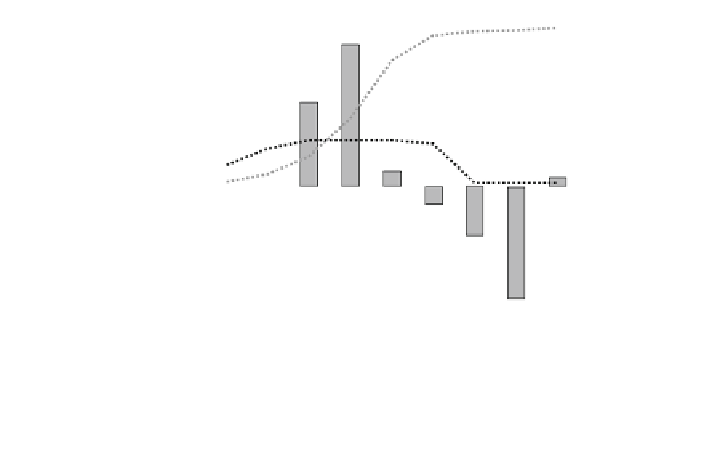Environmental Engineering Reference
In-Depth Information
These localized changes in butterfly abundances in mown and unmown grasslands
can
probably
be
explained
by
a
redistribution
of
butterflies
from
disturbed
grasslands into remnant suitable herbaceous patches.
To compensate for these local and abrupt changes in resource availability on a
given patch, the presence of alternative suitable and accessible resource patches
will be crucial for species to realize their life cycle (Kennedy and Storer
2000
;
Men et al.
2004
; Carrière et al.
2006
; Bressan et al.
2010
). Some asynchrony
between farming practices and crop cover states might allow to compensate for the
ephemeral suitability of crops, by ensuring a temporal continuity of resources for
species. A study of a generalist predatory carabid species with limited mobility
(Pterostichus melanarius Illiger) in annual crops illustrates these processes
(Vasseur
2012
). Carabid movements were surveyed at the edges between different
types of annuals crops (winter cereals, spring maize and pea) with contrasted cover
states during the activity-period of carabids. Bidirectional interception traps,
adapted from Hawthorne et al. (
1998
), were used to sample carabid movements
between six adjacent crops. The interception traps were open continuously and
collected weekly from early May to early September. As an example, Fig.
14.3
displays the orientation of carabid movements at field edges between a pea crop
and two adjacent maize fields. It shows that, in the early summer, carabid beetles
move more frequently from maize fields (with bare soil at this period) to pea fields
(with dense vegetation cover). In late July, an inversion of the orientation of
carabid movements at edges is observed, i.e. more movements from pea to maize
fields, in relationship with pea harvest and vegetation growth in maize. Thus, P.
melanarius seems to move throughout its activity-period from crops with unsuit-
able, sparse vegetation to crops with dense cover. This suggests that adjacent
20
2.5
15
Pea
harvest
1.5
10
5
0.5
0
-0.5
-5
-10
May
June
July
Aug.
Sep.
-1.5
-15
-20
-2.5
Carabid movements
Maize height
Pea height
Fig. 14.3 Direction of carabid movements at edges between pea and adjacent maize fields from
May to September




































Search WWH ::

Custom Search